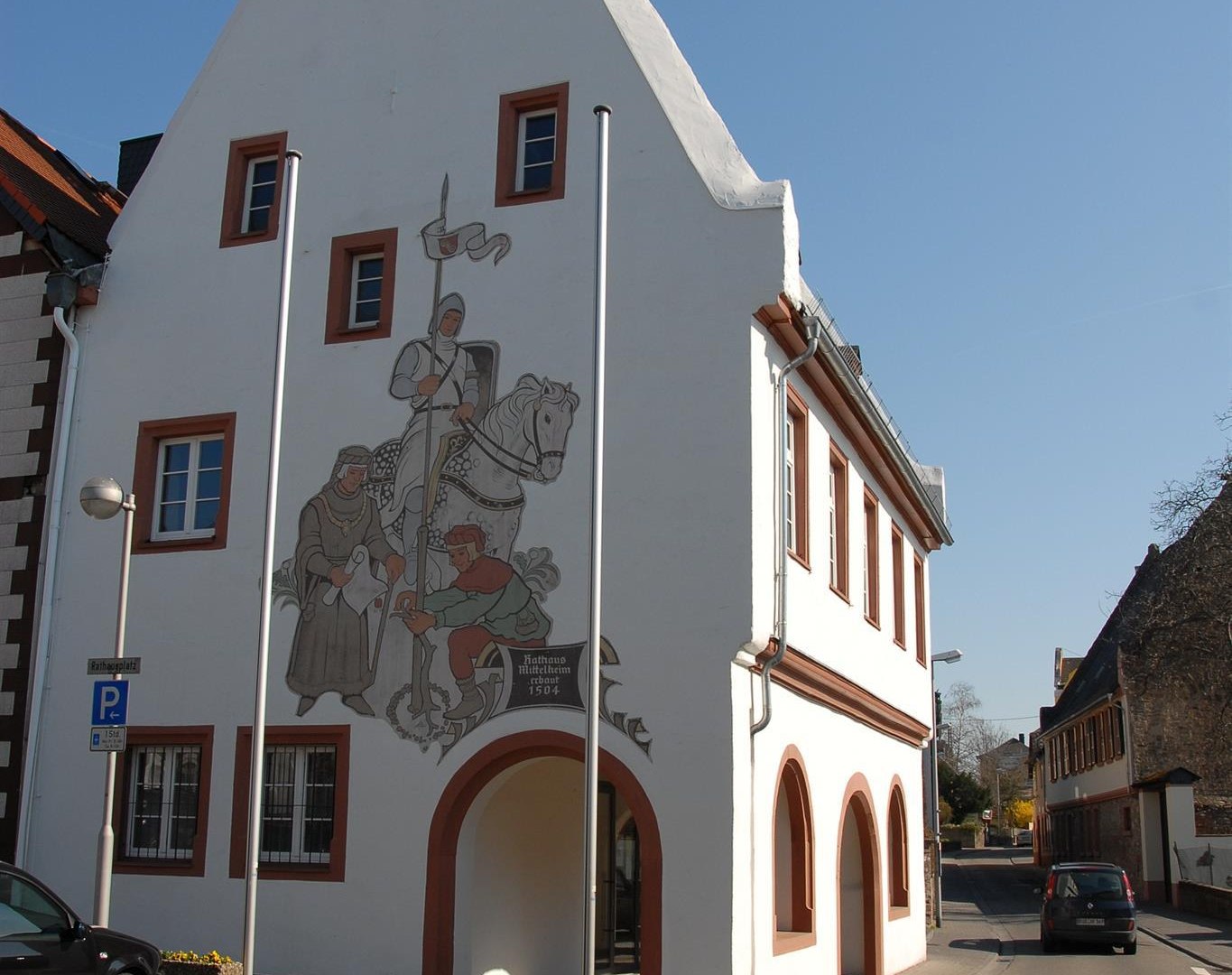12:00 - 14:30
Historisches Rathaus
Rheingaustraße, 65375 Mittelheim
The town hall in Mittelheim was built around 1509 in the Gothic style.
According to the statement of the Mittelheim Chronicle, the town hall in Mittelheim was built in the year 1504. The two-story solid building is in the Gothic style. Multiple restorations took place around 1700 and 1960. On the upper floor, there is a paneled council chamber.

